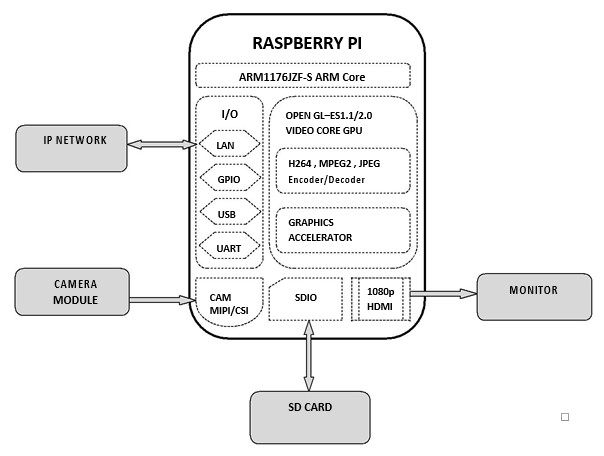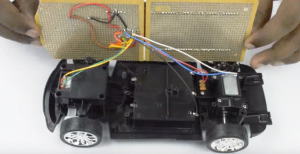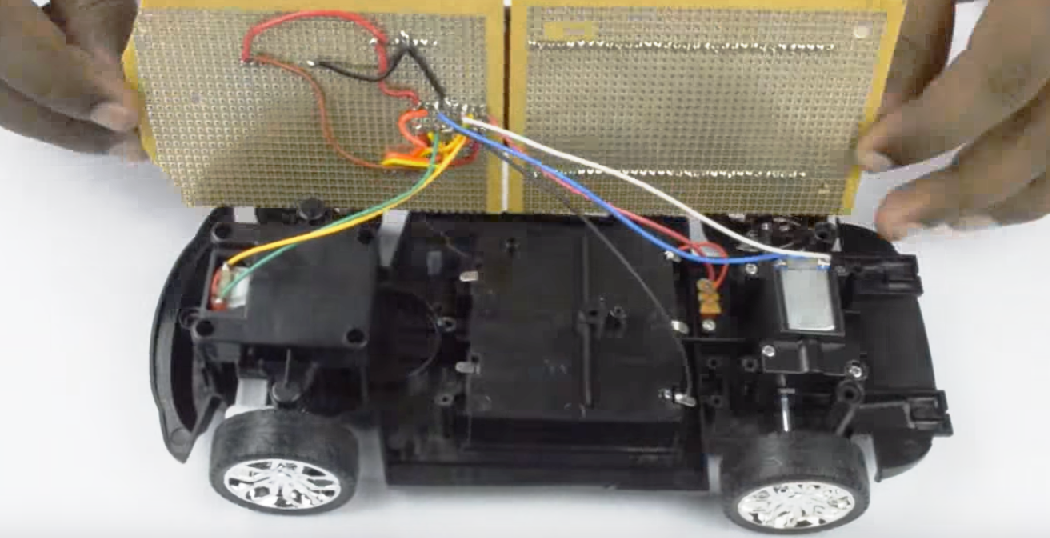
Fabric Defect detection using OpenCV-Deeplearning
₹6,000.00
Fabric Defect detection using OpenCV-Deeplearning
99 in stock
Description
Fabric Defect detection using OpenCV-Deeplearning
Abstract
Fabric defect recognition is an important measure for quality control in a textile factory. This project utilizes a deep convolutional neural network to recognize defects in fabrics that have complicated textures. Although convolutional neural networks are very powerful, a large number of parameters consume considerable computation time and memory bandwidth. In real-world applications, however, the fabric defect recognition task needs to be carried out in a timely fashion on a computation-limited platform. To optimize a deep convolutional neural network, a novel method is introduced to reveal the input pattern that originally caused a specific activation in the network feature maps. Using this visualization technique, this study visualizes the features in a fully trained convolutional model and attempts to change the architecture of original neural network to reduce computational load. After a series of improvements, a new convolutional network is acquired that is more efficient to the fabric image feature extraction, and the computation load and the total number of parameters in the new network is 23% and 8.9%, respectively, of the original model. The proposed neural network is specifically tailored for fabric defect recognition in resource-constrained environments.
Introduction
The cost of advanced textiles is often affected by fabric defects that represent a major problem to the garment industry. Therefore, automatic inspection systems are required by a textile manufacturer to maintain fabric quality. With the development of automation technology, increasingly more recognition and detection technologies based on computer vision are used in industrial production. Traditionally, fabric defect inspection approaches were categorized into five groups: spectral methods, low-rank decomposition methods, model-based methods, statistical methods, and structural methods. These fabric defect inspection approaches based on conventional computer vision have been developed for more than 10 years, especially scale-invariant feature transform (SIFT) and histogram of oriented gradients (HOG).
Proposed system
Fabric defect detection using VGG-16
Additional information
| Weight | 1.000000 kg |
|---|





Reviews
There are no reviews yet.